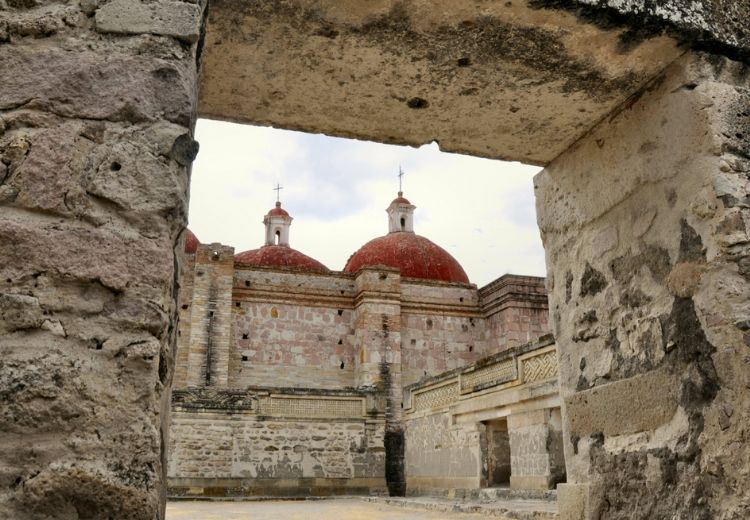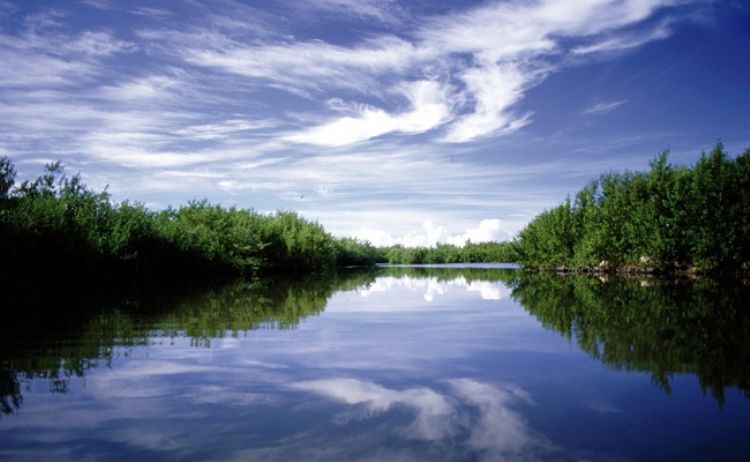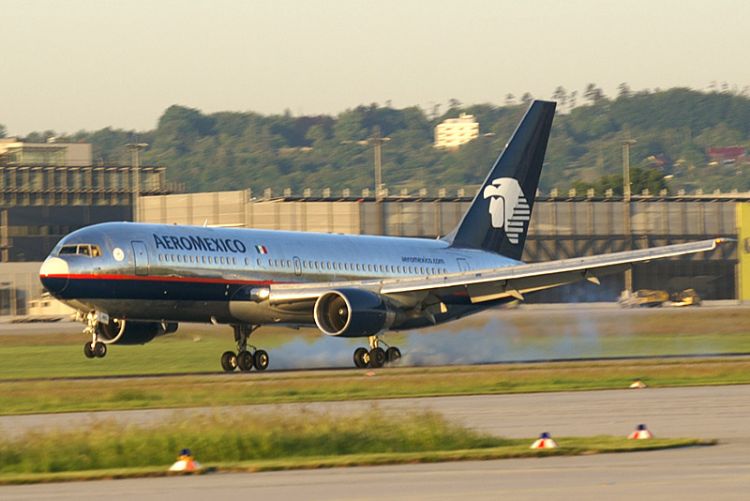
As we know, this year new Mexican elements were added to ...
.jpg)
Land of a natural beauty beyond comparison, the region of Anahuac hypnotized whomever reached that valley that was filled with lakes and zealously guarded by the snow-capped volcanoes of Popocatepetl and Iztaccihuatl, and the mountains of Toluca, Chiquihuite and Tres Padres. Coming from the mythical city of Aztlan, the followers of the lord Tenoch had spent hundreds of years in search of the place mentioned in the divine prophecy coming from their gods, the place where an eagle, standing on a prickly pear, devours a serpent.The fulfillment of the sacred prophecy came for the Mexicas in the year 1325 in the place known today as Mexico City, capital city of a nation home to more than a hundred million inhabitants and the symbol of a rich and diverse culture of mixed races. The harsh geographic conditions of such a paradise did not discourage the will of the Mexicas, who embarked in the task of building the place of their dreams over the great lakes that conformed the chosen site. Today, the terraces made out of stone, rattan and soil over which the Aztec empire was built, inspire awe and admiration in anyone who learns about the history of the city, now one of the four most populated around the globe. The extension the spectacular city of Tenochtitlan reached on its heyday was very similar to that of Rome; it was inhabited by thousands of Aztecs and included the largest ceremonial center in the world with a surface of a 100,000 sq. meters. The arrival of conquistador Hernan Cortez on the 13th of August 1521, in front of an army of Spaniards and of native groups willing to confront the Aztecs, represents one of the crucial events in Mexican history. The fall of the capital of the empire precipitated the conquest of the rest of the territory known as the Valley of Mexico. And so a new era began for the Mexican nation, under the rule of the Spanish Crown which soon imposed a government in the form of a viceroyalty in the new province named Nueva España or New Spain. The colonial capital was built on top of the existing city core, and once established it began to spread its influence and domination across the entire valley. In present day, the colonial area corresponds to the historic center of Mexico City.

The Riviera Maya is, without a doubt, the tourist zone wi...

The history behind this tax is known by almost all of us:...
